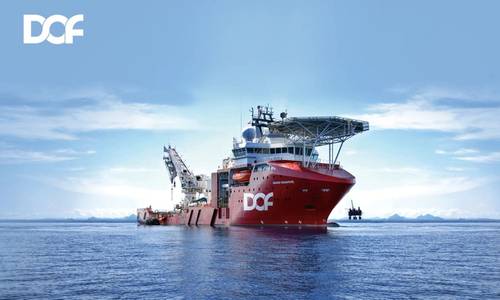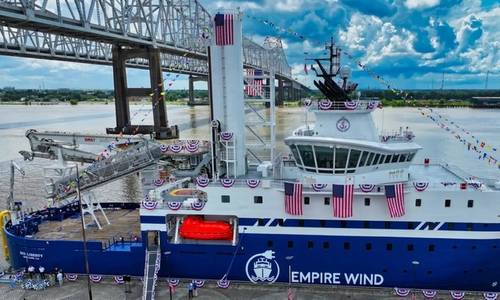ECITB: Employers Face Hiring Challenges for Increasingly Aging O&G Workforce
February 6, 2025

The Engineering Construction Industry Training Board (ECITB) workforce report has highlighted hiring challenges for offshore oil and gas employers in the U.K, as the average age in the offshore engineering construction industry (ECI) starts falling behind wider industry.
The ECITB’s Regional Workforce Census report offers a comprehensive overview of the ECI offshore workforce, having gathered data on more than 9,000 workers.
It highlights that the vast majority of engineering construction workers deployed offshore work in oil and gas (99%).
Although several ECI employers are active in the offshore wind sector, most of the actual activity falls outside the ECITB’s definition of principal ECI activity, whose scope is limited to activities carried out within Great Britain’s territorial waters. Consequently, the vast majority of offshore ECI workers operate in the oil and gas sector.
The census reveals that 80% of employers operating activities in offshore waters are experiencing challenges hiring workers, compared to 71% in the wider industry.
It also states that with only 7.4% of the workforce below 30, the offshore ECI workforce is nearly 10% behind the entire ECI in this age bracket, while women make up only 3% of the workforce, compared to 17% in the wider industry.
These findings reinforce the career motivation study – Inspiring Directions – the ECITB published in February 2024, which revealed the offshore industry is struggling to appeal to the general population, and in particular young people and women, to help plug looming workforce and skills shortages.
The report found that the share of offshore workers in the ECI decreased from 12% to 9.9% between 2021 and 2024, with most offshore workers being deployed in the Northern North Sea (42.7%) and the Central North Sea (31.5%).
Workers are primarily technicians (33.4%), craft workers (29.6%) or supervisors (16.7%).
Common occupations include scaffolders, riggers, blasters and painters, general and lifting supervisors, and mechanical, electrical and production technicians. Rope access-qualified personnel are also found to be prevalent across various disciplines in the offshore workforce.
“The Census is vital in helping industry understand labor market dynamics, anticipate workforce challenges and develop strategies to address skill gaps in the offshore sector.
“Only through bringing in new talent, training and upskilling existing workers can industry benefit from the skilled workforce it needs both for now and the future.
“The ECITB will continue to support employers to invest in their talent pipeline – helping industry to grow the number of apprenticeships and graduate opportunities, developing alternative entry pathways and funding quality training to upskill and reskill the workforce,” said Andrew Hockey, ECITB Chief Executive.






